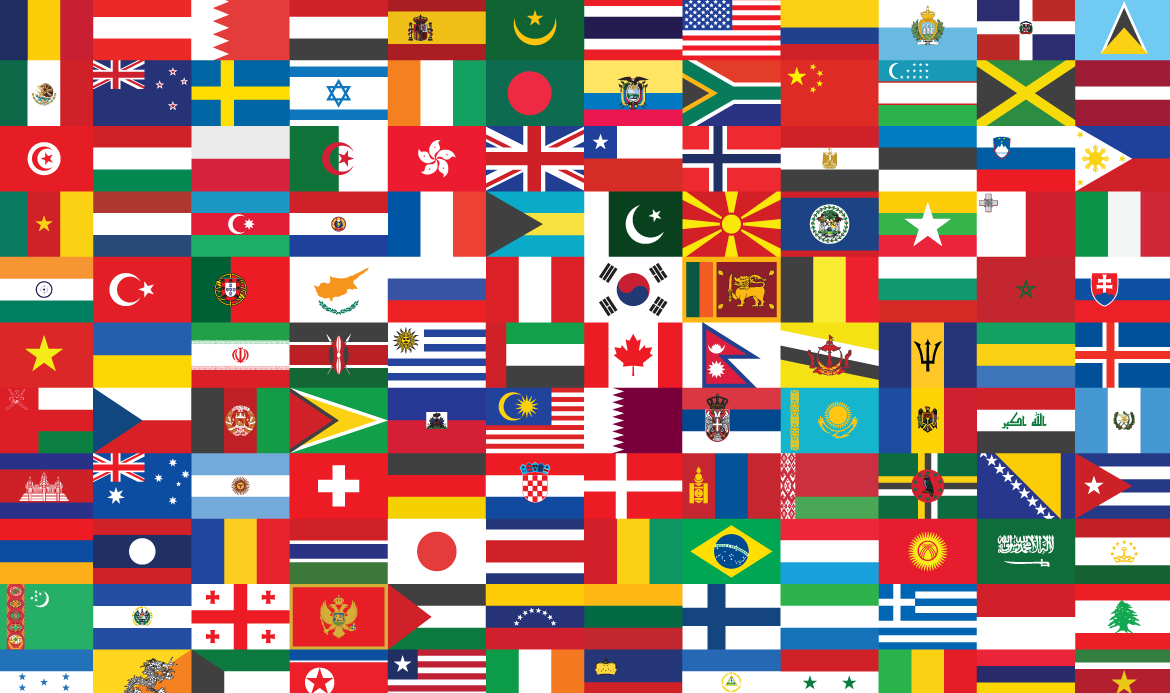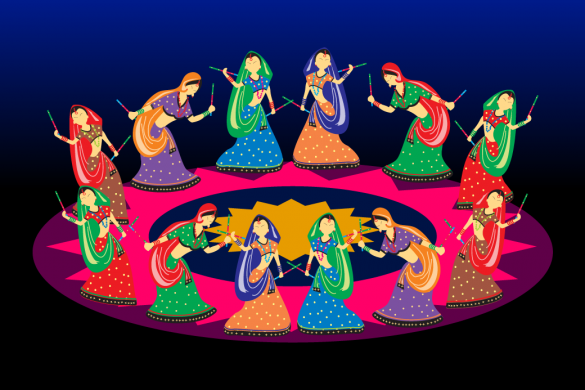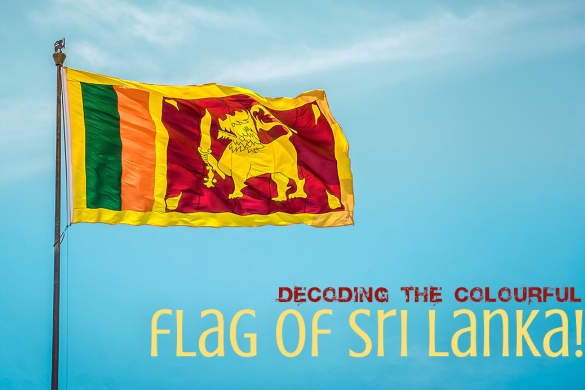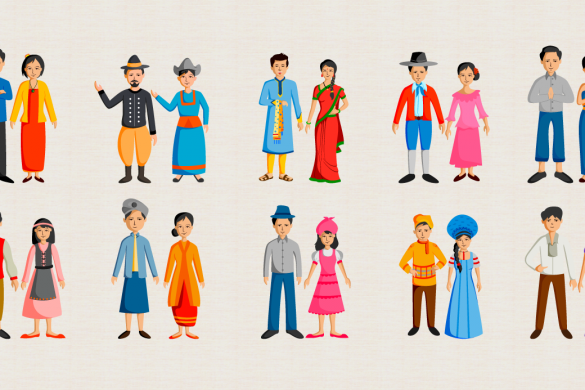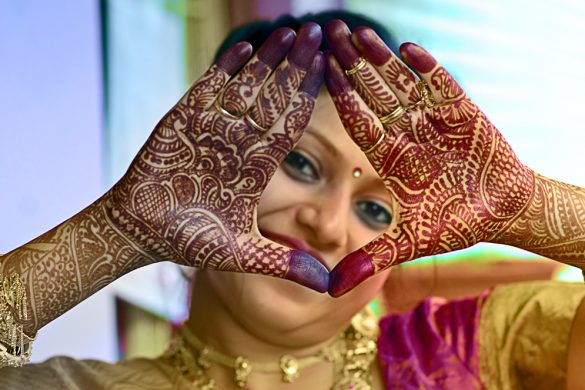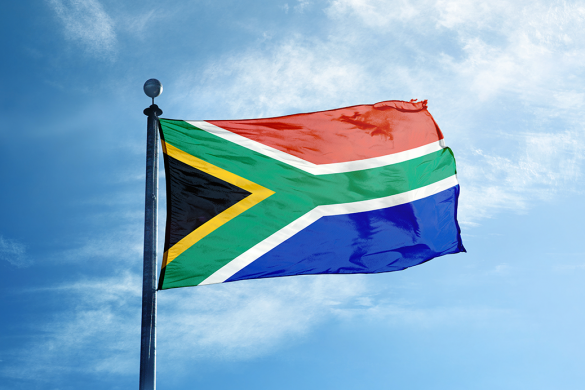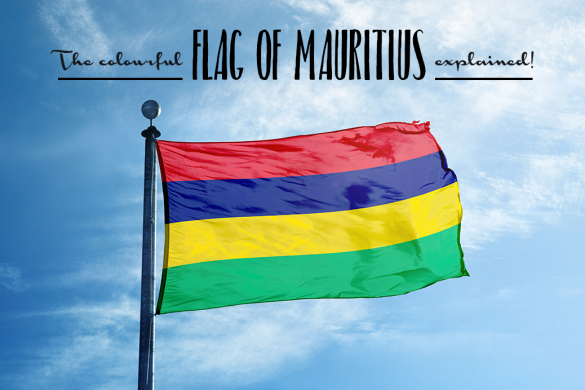One of the first things one notices when reading about or learning about another country is its flag. So how do these countries choose the colours on their flags? Apart from the colour symbolizing principles, it can symbolize a geographical advantage, an indigenous feature, an element of the history attached to it, or an aspect of its past.
Today, let’s take a look at what colours in flags symbolize:
White: White, in general, stands for peace and purity. It symbolizes light, innocence and even death. The countries that have the colour White as a major part of their flags are Japan, South Korea, Nepal, Israel and Finland, among others.
Red: Red traditionally has been associated with valour, bravery, hardiness and action. The countries that have Red, or different shade of it as a major part of their flag are The United States of America, Bahrain, China, Turkey, Canada, Morocco and North Korea, among others.
Blue: Blue represents wisdom, calmness, tranquillity, water and loyalty. The countries that have blue as one of their main colours in their flags are Honduras, the UK, Kosovo, Australia, Somalia and Sweden, among others.
Green: This colour symbolizes fertility, nature, peace and safety. It is considered the holy colour in Islam, so most Islamic countries feature Green as a major part of their flag. Countries that utilize green in their flags are Pakistan, Saudi Arabia, Nigeria, Zambia and Turkmenistan among others.
Most flags are not one solid colour but a tricolour. Red, Blue and White is the most commonly used colour combination; 38 flags in all. Out of these, the Pan-Slavic countries use this combination as defined by the Prague Slavic Congress based on the flag of Russia. The reason why the Union Jack uses this combination is because its colours are derived from the flags of their patron saints. Economically, the colour white is used since linen was naturally white and no additional cost of dye was required. Red and blue are also relatively easy to make and believed to be a signified prestige even in the olden times.
Another very popular combination is Red, Gold and Green or Red, Black and Green. The former has been adopted by most African countries after the flag of Ethiopia, which was the only country to evade colonization by Europe. Another reason for the latter combination of tricolours chosen is for the UNIA colours. Other popular tricolour combinations are Orange, White and Green or Red, White and Green or Yellow, Red and Black.
